There, Where the Pepper Grows
HarperCollins, $29.95 pb, 400 pp, 0732279917
The necessary trap
There’s a joke that comes up in westerns about the book that saves: a thick volume in the chest pocket that takes a bullet. Bem Le Hunte introduces her second novel about a small band of World War II refugees: ‘This book was written as a prayer for those people who could not live to tell their tales. It was written, too, as a prayer for the future of our world, in the hope that stories like this have the power to save us.’ Certainly, this is a book that teaches hope against the odds, but when you consider how human cruelty has survived even the greatest stories, Le Hunte’s prayer sounds forlorn – unless she was thinking of saving us from boredom, in which case both There, Where the Pepper Grows and Hsu-Ming Teo’s Behind the Moon work most effectively.
In their first novels, both Le Hunte and Teo range across continents and generations, telling sagas that test the meaning of family, of heritage and inheritance. Now, in their second novels, they test the meaning of family against the other bond that makes independence a form of betrayal: the shared history of survivors. But they choose very different battlegrounds.
Continue reading for only $10 per month. Subscribe and gain full access to Australian Book Review. Already a subscriber? Sign in. If you need assistance, feel free to contact us.





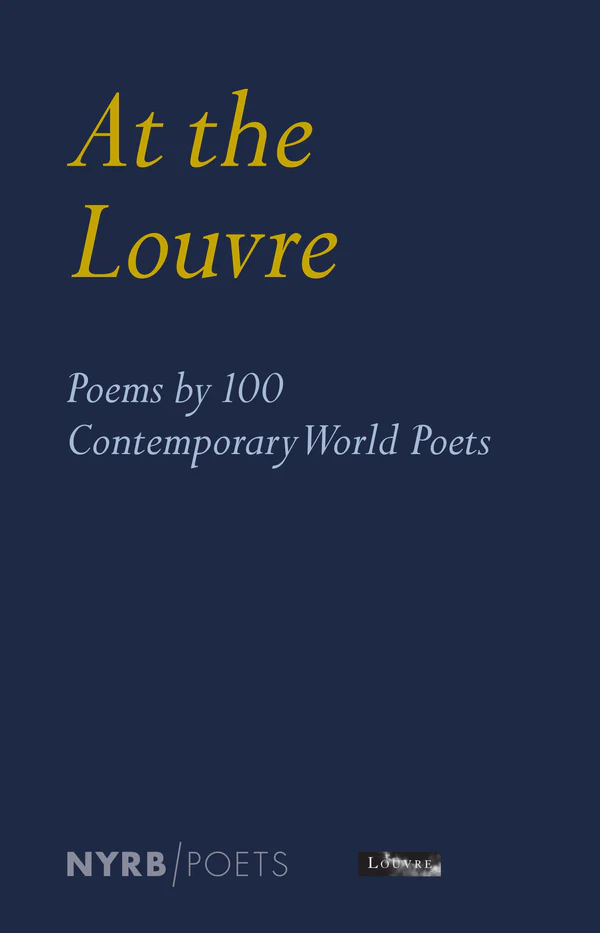
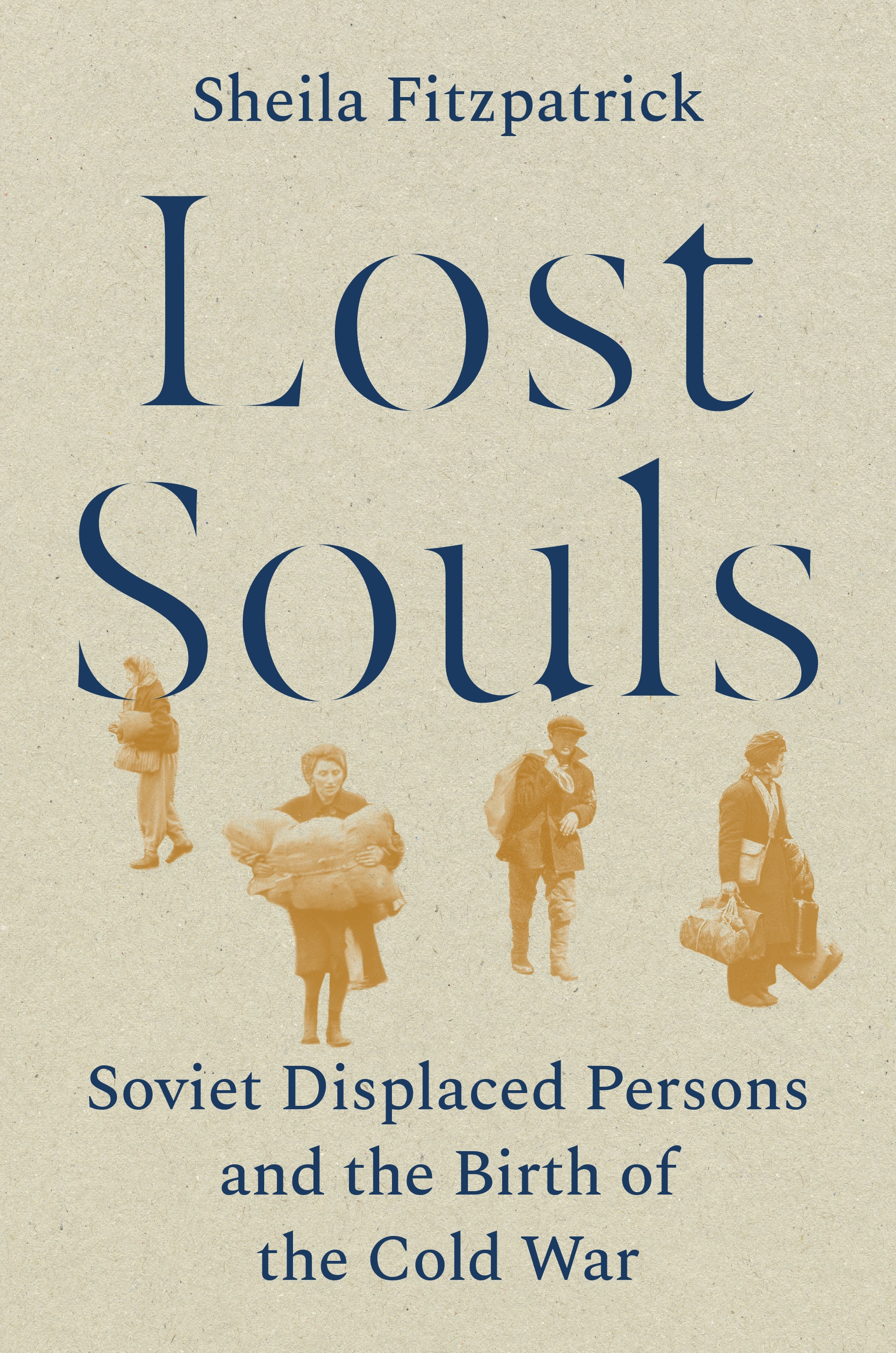
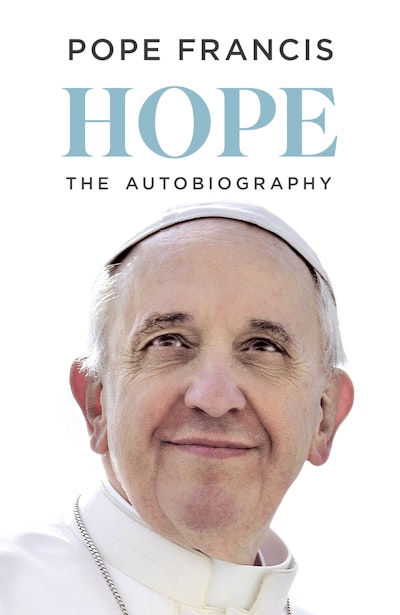
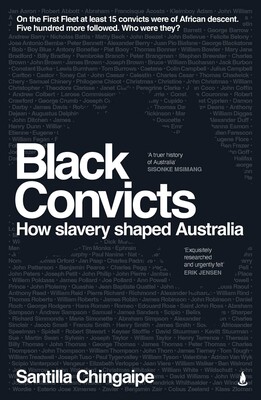


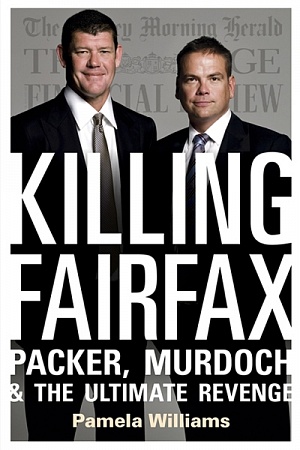




Leave a comment
If you are an ABR subscriber, you will need to sign in to post a comment.
If you have forgotten your sign in details, or if you receive an error message when trying to submit your comment, please email your comment (and the name of the article to which it relates) to ABR Comments. We will review your comment and, subject to approval, we will post it under your name.
Please note that all comments must be approved by ABR and comply with our Terms & Conditions.